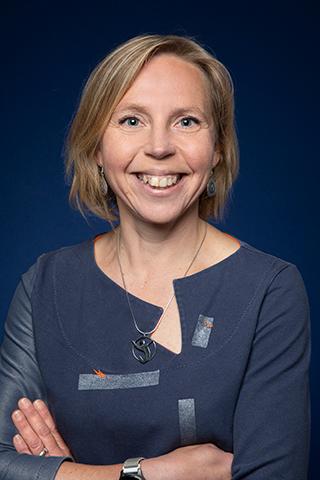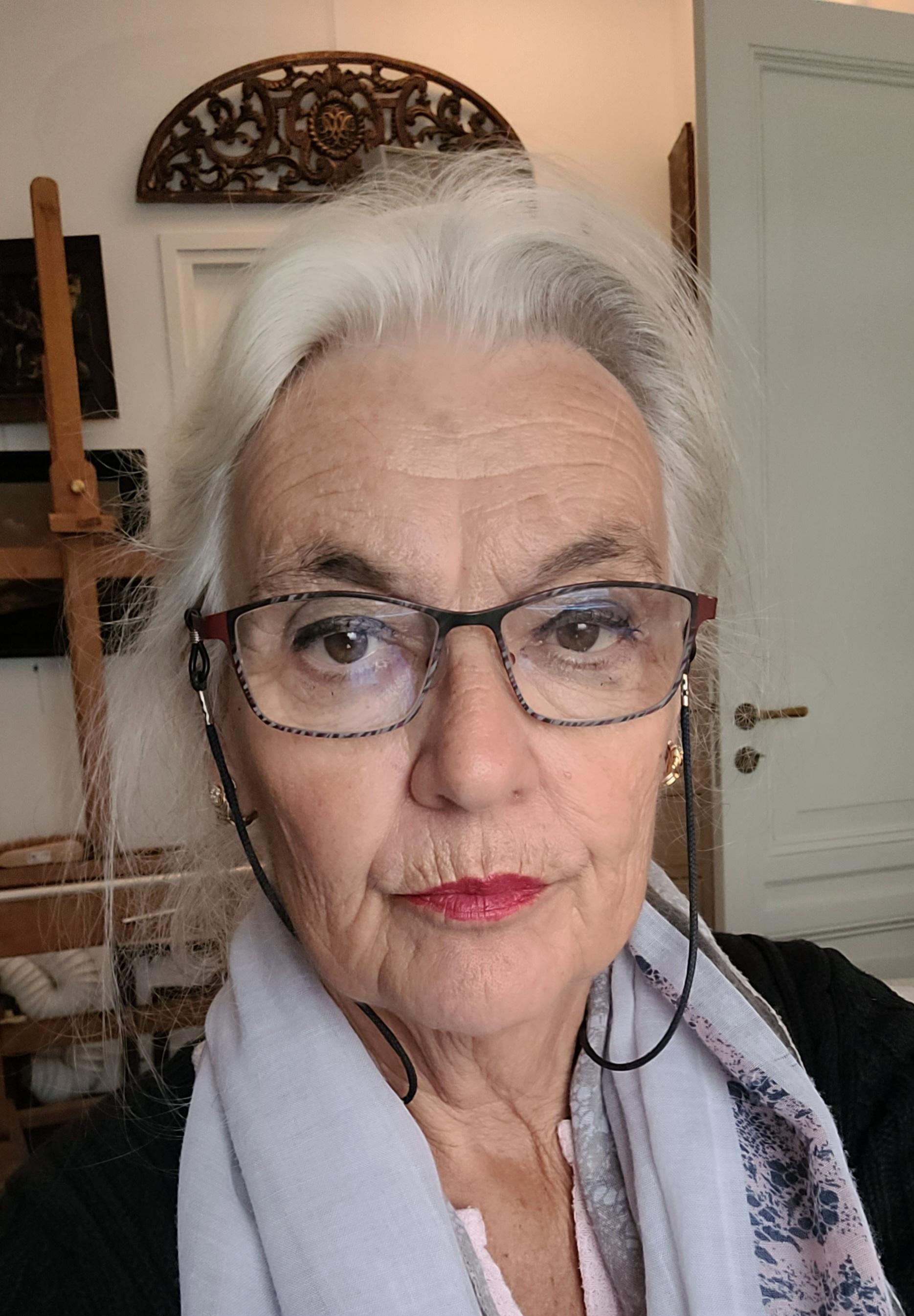Archives of H.G. Luitwieler and N. Pappenheim-Luitwieler

In 2018, the two restoration archives of Hendrik Gerardus Luitwieler (1876-1953) and Nettie Pappenheim-Luitwieler (1913-1979) were donated to the RKD. These archives contain a lot of information regarding the restoration profession. In this article the donor of the archive speaks, preceded by an introduction by Sytske Weidema, curator at the RKD.
view on acquisition
Introduction:
restorer’s archives at the RKD
By Sytske Weidema
The RKD manages a large number of restorer's archives. These archives come from the estates of prominent conservators such as A.M. de Wild, H.P.F.J.M. Hermesdorf and J. Van der Veken. These contain thousands of documents about restorations and technical research. This includes reports, photographs (for example of works of art before, during and after restauration), slides, raw data, letters, X-ray films, and so on.
De Wild, a pioneer of the more scientific approach to restoration, laid the foundation for modern restoration techniques, and his archive, acquired by the RKD in 1970, marks the beginning of the collection of conservator's archives at the RKD. The De Wild archive, which has been supplemented several times, contains correspondence, technical reports and photographic documentation, and the Hermesdorf archive, to provide another example, was acquired after 2001 and also contains detailed documentation on the treatment of works of art and of technical investigations, which applies to almost all of these archives.
In addition, the RKD is also the custodian of important technical documentation, as can be found in the archives of the Rembrandt Research Project, and of infrared reflectography results, present in the archives of (infrared reflectography pioneer) prof. dr. J.R.J. van Asperen de Boer, prof. M. Faries en dr. M. Ainsworth. This technical documentation can be accessed physically as well as digitally.
The conservator's archives are important for, for example, art historians who want to study the material history of a work of art, or for conservators who want to gain insight into changes made to the representation on the painting. They become all the more valuable when combined with the collections of press documentation at the RKD, which contain many newspaper clippings about restorations, and image documentation of the RKD, which, among millions of images of works of art, also contains many old reproductions of paintings, in some cases recording an old, no longer existing condition of a painting.

The donation of an archive
By A.M. Roorda Boersma-Pappenheim
As restorer of paintings and owner of both archives, I found it important to donate the restoration archives of my great uncle Hendrikus Gerardus Luitwieler and my mother Nettie Pappenheim-Luitwieler to the RKD. At the RKD, the archives can be permanently consulted and studied by professionals, students and people who are interested. With this donation, I especially hope to bring the restoration history of the the Netherlands to the attention of younger restorers. It is thanks to the great knowledge of materials of our predecessors, and their restraint regarding intervention, that many paintings have been preserved in such good condition. In that period of time, research techniques were not as extensive as today, but the resources used were applied with care and extensively documented. I also have a personal reason for this donation: my great uncle and mother deserve to receive this attention.






Restoration studio in Rotterdam
My great uncle Hendrik Gerardus Luitwieler was born in Vlissingen in 1876. Like his father, he began his career as a house painter. At the same time he took evening classes at the Academy in Rotterdam and obtained a degree in drawing at the Academy in Vlissingen in 1903. At that time, a house painter was also a decorative painter. For example, in 1902-1903 Luitwieler, together with the painter W.A. Fabri, produced mural paintings in the staircase of Paleis het Loo: a copy of an eighteenth-century wall painting that had aged.
In 1906 he started his restoration studio in Rotterdam. Clients included the Rotterdam collectors W. van der Vorm and D.G. van Beuningen, and local museums including the Maritime Museum Prins Hendrik and the Historical Museum. With Museum Boymans (now Museum Boijmans Van Beuningen), which did not employ a conservator of its own, the studio had a long-term collaboration. Treatments included the then customary wax resin lining, ‘refreshing’ the varnish surface of paintings, and minor restorations to frames. Removal of the entire varnish layer was not yet common: people accepted the somewhat yellow ‘patina’ of paintings. Important commissions were the restoration of Pedlar by Hieronymus Bosch in 1931 and of the Vermeer forgery The Men at Emmaus by Han van Meegeren in 1937, with which my mother, then an apprentice to her uncle, assisted. Later, Luitwieler was a witness in the trial against Van Meegeren. This restoration is accompanied by many reports and photo’s. Many of his restorations were extendedly documented in notebooks and photo albums. These are now all available at the RKD, where they can be studied.






In his house and studio at Esschenweg 25 in Rotterdam, Luitwieler trained my mother, Nettie Luitwieler, in the restoration trade. In 1929 she moved in with Luitwieler, together with her parents, and continued to work in the studio all her life. She took over the entire studio after the death of H.G. Luitwieler in 1953 and also continued the cooperation with Museum Boijmans Van Beuningen. In addition to the paintings of the old art department, more modern works from the collection were also conserved and restored.
Starting in the 1960s, many new developments arose in the restoration profession that my mother kept close track of. For example, the introduction of the hot table used for the lining of canvas paintings. In 1971 I started at the studio as an apprentice restorer. Extensive documentation became increasingly important, and my first task became recording every restoration. Nettie Luitwieler’s share of documentation in the archives at the RKD is relatively small, since a large part of the documentation from her restauration period regarding the paintings in the collection of Museum Boijmans Van Beuningen, is housed at the museum.

